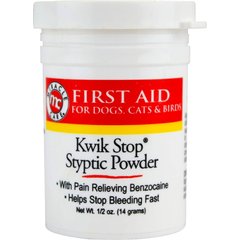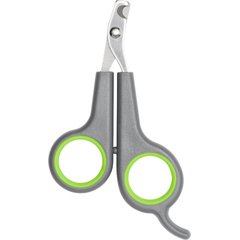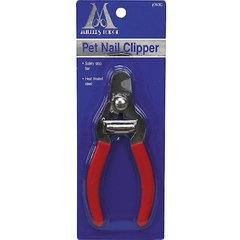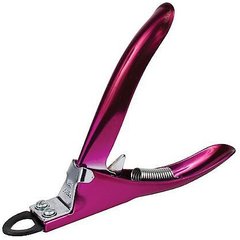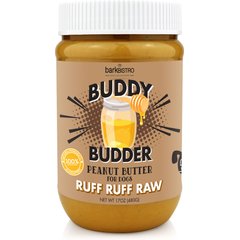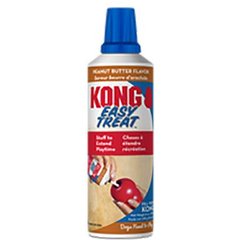How To Trim Dog Nails
Svetlana Krayushkina/iStock/Getty Images Plus via Getty Images
Like any pet parent, you want the best for your dog from head to toe. That’s why learning how to trim dog nails safely and how often to cut dog nails is an important skill for dog parents. Nail trimming is an essential part of dog grooming, after all.
You can always pay a professional groomer to help you, but with a little time and practice, trimming your dog’s nails is a task you can take on yourself.
Here’s all you need to know about how to trim dog nails.
Tools for Trimming Your Dog’s Nails
Dog nail trimming is made much easier with the right tools.
These nail trimming must-haves will prepare you for your pup’s next manicure:
-
Styptic powder, such as Miracle Care® Kwik Stop®
-
Dog treats
And if a friend or family member can help, that’s even better.
Recommended Products
Types of Nail Clippers and Grinders
There are several styles of nail trimmers and grinders. The best dog nail clippers for your dog will depend on their size and breed.
Scissor Clippers
Scissor clippers, like the Frisco® nail clippers, are a great option for small dogs. These clippers look like scissors, with notches on the blades to hold the nail in place.
Recommended Products
Plier-Style Clippers
Larger dogs need stronger clippers to get through their thick nails, and plier-style clippers like the Millers Forge® nail clipper are up for the task.
These clippers work like scissor clippers but have a heavy-duty spring that gives them added strength.
Recommended Products
Guillotine-Style Clippers
With guillotine-style clippers, like this pair by Resco®, the groomer or pet parent places the nail through a hole and a sharp blade pushes up to cut the nail.
These clippers may stay sharp longer and can be easy to use on small dogs.
However, Amber Karwacki, DVM, a veterinarian with Heart + Paw, in Philadelphia, usually recommends avoiding them since they make it “harder to gauge where you are trimming” and could increase the likelihood of cutting the quick.
The quick is the sensitive part inside a dog’s nail that contains blood vessels and nerves.
Recommended Products
Nail Grinder
A dog nail grinder, like this Dremel® rotary nail grinder, works by filing down the nail rather than cutting it.
This option is great for dogs with black nails because it makes it easier to avoid hitting the quick.
However, a grinder may not be the best option for dogs that are jumpy or not desensitized to the tool’s noise.
“If they jump or move around, [you] have a good chance of grinding the paw or the skin, or getting hair caught in it,” says Angela Sexton, a national certified master groomer (NCMG) and owner of Fuzzy Butts, LLC in Cincinnati.
How To Trim Dog Nails, Step by Step
Once you’ve secured all the right tools to trim your dog’s nails, you’re ready to get started.
1. Touch Your Dog’s Paws and Legs Regularly
You can make nail trimming feel less intrusive by regularly touching and massaging your dog’s legs and feet.
“If you have a puppy, we recommend playing with their feet and toes as much as possible, so they don’t mind having their paws touched,” Dr. Karwacki says.
2. Introduce Your Dog to the Nail Clipper or Grinder
Another way to reduce stress during trimmings is by familiarizing your dog with the tools you’re using.
“Take a pair of nail clippers and just touch the foot with it for a little while before you actually attempt to clip,” Sexton says.
She also suggests giving your dog plenty of treats when they come into contact with the clippers or grinder, so they develop a positive association.
3. Pick a Relaxing Space With Good Lighting
A comfortable, quiet environment can make all the difference when trimming a dog’s nails.
Dr. Karwacki also recommends a place with good lighting so you can really see what you’re doing.
4. Keep Your Dog in a Natural Position
One common mistake Sexton sees dog parents doing is lifting the leg up out of its normal range of motion.
To avoid discomfort and even potential injury, she suggests keeping the paw close to the surface your dog is resting on.
If possible, an extra pair of helping hands can be useful in keeping your dog calm and still throughout the nail-trimming process.
5. Look for the Quick
The quick is a cuticle inside of the dog’s nail that, as mentioned, contains blood vessels and nerves.
Cutting the quick can be painful for your dog and cause bleeding, so a big part of learning how to trim dog nails is learning how to spot the quick and avoid cutting it.
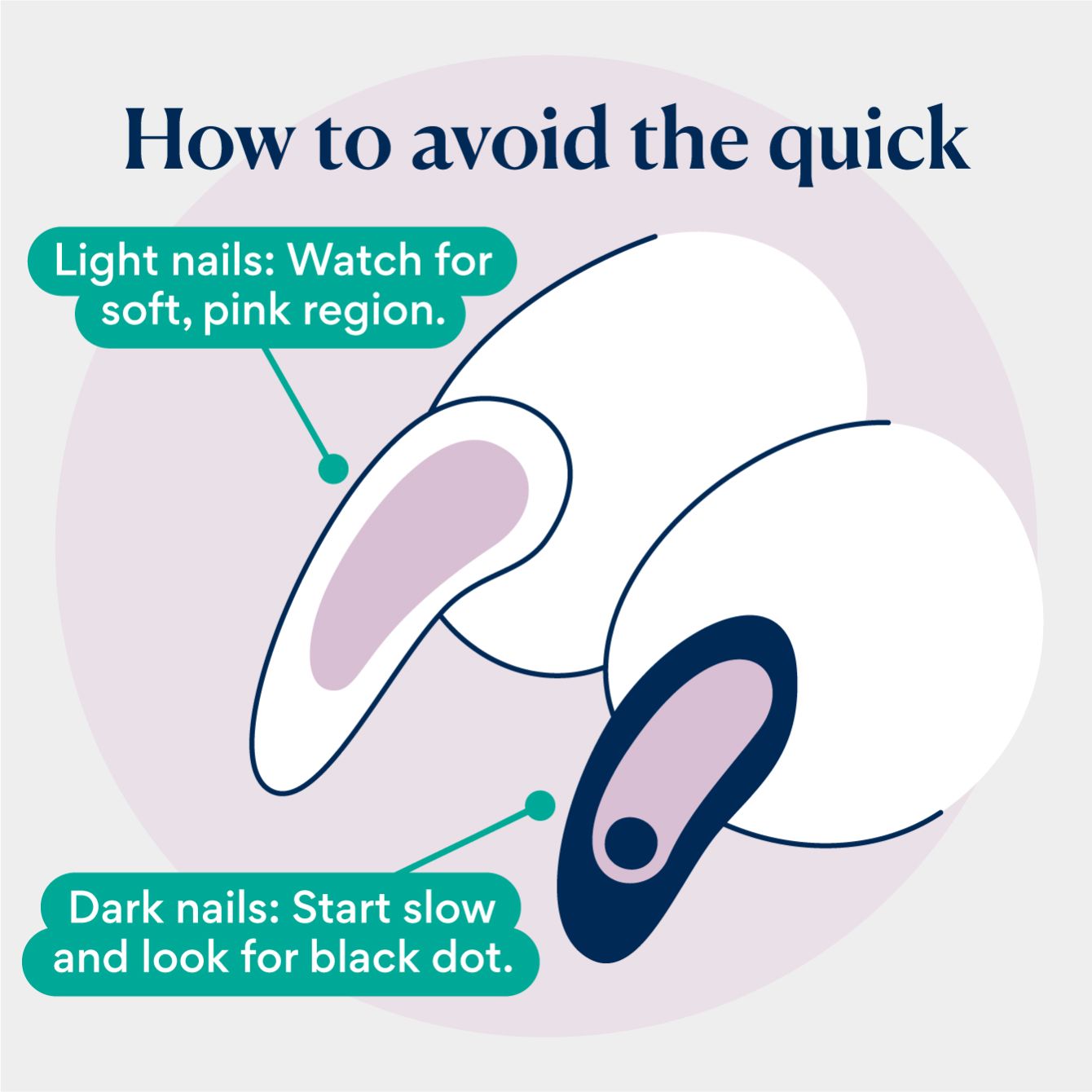
- In lighter-colored nails, the quick shows up as a soft pink region.
- In dogs with black nails, the quick is not as obvious, so you’ll want to go slower. Trim a little at a time and look for a black dot in the center of the nail, Sexton advises. Once the dot appears, you’ll know you’ve reached the quick and should stop cutting.
6. Start Small, Go Slow, and Cut Vertically
It takes some time and practice to get used to trimming dog nails, so be patient and stay calm.
Cut the nail vertically following the nail’s angle—at about a 45-degree angle.

Dr. Karwacki says if your dog is particularly anxious, it can help to start by trimming just a few nails per sitting until they get more comfortable with the process.
And don’t forget the dewclaws—the small, extra nails located on the inner side of a dog’s paws. They need regular trimming just like the other nails do!
7. Be Generous with Praise and Treats
The more positive reinforcement you can give your dog during nail trimming, the better.
Offer lots of praise and love throughout the process and keep plenty of treats on hand.
“Using a lick mat with peanut butter or a spreadable dog treat can be a great distraction for your dog when trimming their nails,” says Dr. Karwacki.
Recommended Products
How Short To Trim Dog Nails
Before you start clipping, you’ll want to know how short to trim dog nails.
This varies from dog to dog, but generally, you’ll want to cut your dog’s nails as short as possible without hitting the quick.
The quick continues to grow with the nail.
Dogs that have not had their nails trimmed in a while will have a longer quick, and often won’t be able to get their nails trimmed as short as dogs that have had regular grooming.
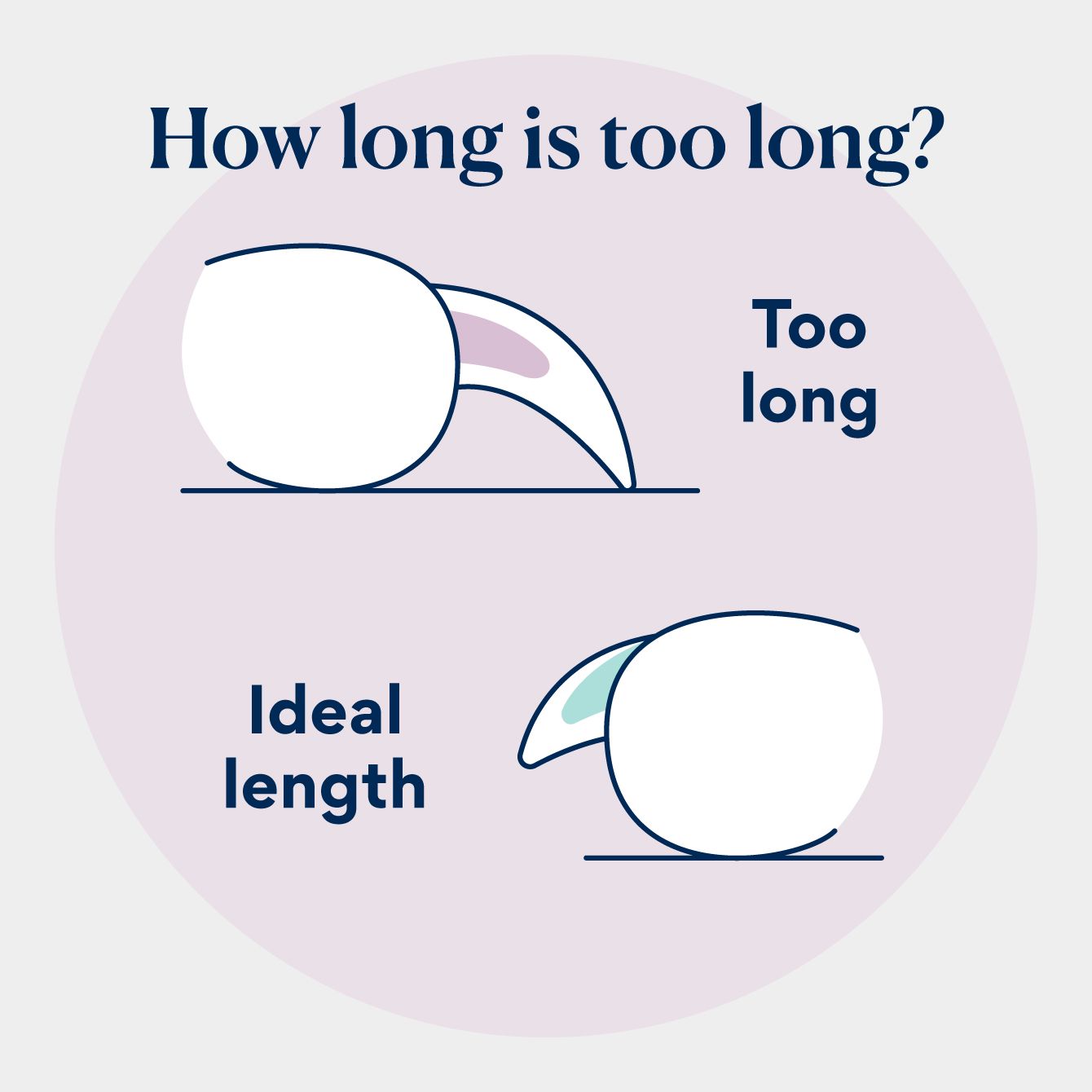
What To Do if You Accidentally Cut the Quick
If you do cut the quick, don’t panic.
Sexton recommends keeping styptic powder on hand, which can be applied to the nail to stop the bleeding.
If you don’t have styptic powder, Dr. Karwacki says you can use powdered flour on the nail bed, the area underneath the hard part of the nail, where the quick and other sensitive tissues are located.
How Often To Trim Dog Nails
Knowing how often to trim dog nails is again going to depend on the individual dog.
Generally, Sexton advises doing so about every four weeks, though for some dogs, it will be less frequently needed.
“Dogs that are walked on concrete will file their nails naturally and may not need nail trims as often,” Dr. Karwacki says.
Regular nail trimming is important in preventing pain and injury. Long nails can curl under the paw pads and cause infection and change how your dog stands and walks.
A dog’s nails shouldn’t grow past the toe pads when they’re standing, and the best way to tell if the nails are too long is to listen to your dog walking.
Once you hear the nails start to tap on hard surfaces, it’s time for a nail trim, Dr. Karwacki says.

